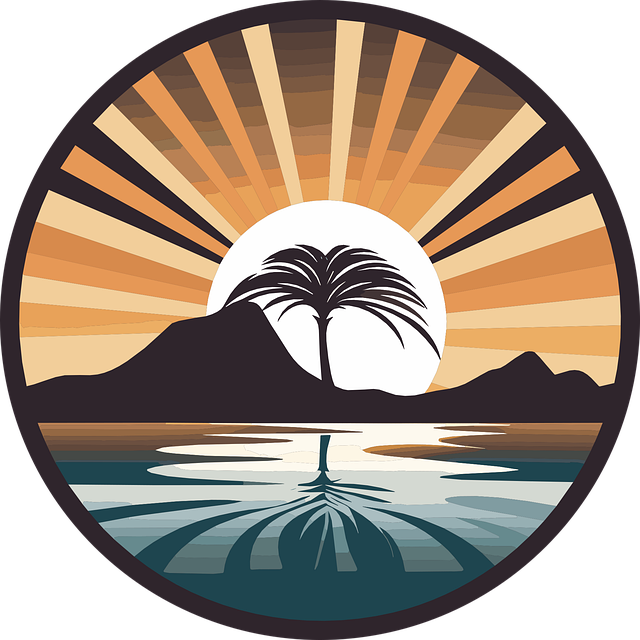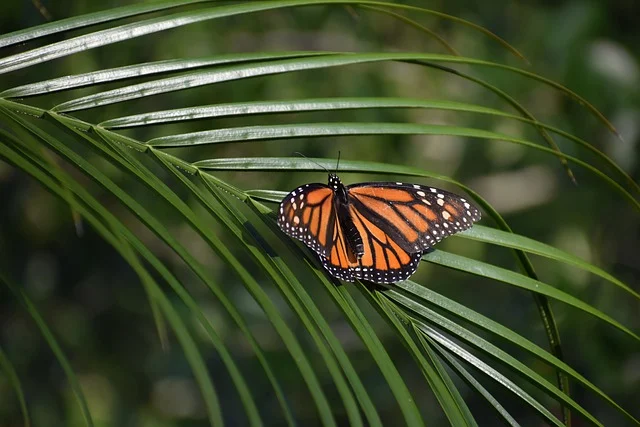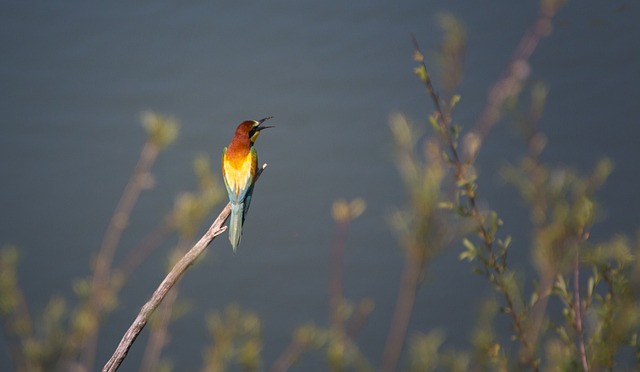Conservation Efforts
Invasive species pose one of the most significant challenges to wildlife conservation worldwide. They can disrupt ecosystems, outcompete native species, and alter habitats, leading to a decline in biodiversity. As conservationists work tirelessly to protect endangered species and restore ecosystems, the impact of invasive species often complicates these efforts. This article explores the relationship between invasive species and wildlife conservation, highlighting the challenges they present and the strategies being employed to mitigate their effects.
Understanding Invasive Species
Invasive species are non-native organisms that, when introduced to a new environment, establish themselves and spread rapidly, often to the detriment of native wildlife and ecosystems. These species can include plants, animals, fungi, and microorganisms. Their introduction can occur through various means, including global trade, transportation, and human activity.
Characteristics of Invasive Species
- Rapid Reproduction: Invasive species often reproduce quickly and in large numbers, allowing them to establish dominance in their new environments.
- Lack of Natural Predators: In their new habitats, invasive species often lack the predators and diseases that control their populations in their native environments, allowing them to proliferate unchecked.
- Adaptability: Many invasive species are highly adaptable, allowing them to thrive in a variety of conditions and environments, further enhancing their ability to spread.
The Impact of Invasive Species on Wildlife Conservation
Invasive species can severely impact wildlife conservation efforts in several ways:
1. Competition for Resources
Invasive species often compete with native species for essential resources such as food, water, and habitat. This competition can lead to the decline or extinction of native species, particularly those that are already vulnerable or endangered. For instance, the introduction of the brown tree snake in Guam led to the extinction of several bird species that could not compete with the predator.
2. Habitat Alteration
Invasive species can change the structure and function of ecosystems, making them less hospitable for native wildlife. For example, the spread of invasive plant species like kudzu in the southeastern United States can choke out native plants, altering habitats that many wildlife species depend on. This alteration can lead to changes in nutrient cycling, hydrology, and soil composition, further complicating conservation efforts.
3. Disease Transmission
Some invasive species can introduce new diseases to native wildlife, posing a significant threat to their populations. For instance, the introduction of the chytrid fungus, carried by invasive amphibians, has led to dramatic declines in native amphibian populations worldwide. This disease not only affects individual species but can also disrupt entire ecosystems.
4. Economic Costs
The presence of invasive species can impose significant economic burdens on conservation efforts. Management and eradication of invasive species often require substantial financial resources and manpower, diverting attention and funds from other critical conservation initiatives. The costs associated with invasive species can also extend to agriculture, fisheries, and public health.
Strategies for Addressing Invasive Species
Recognizing the threats posed by invasive species, wildlife conservationists have developed a range of strategies to manage their impacts. These strategies can be broadly categorized into prevention, control, and restoration efforts.
1. Prevention
Preventing the introduction of invasive species is the most effective way to mitigate their impacts. This can involve:
- Regulation and Legislation: Governments can enact laws and regulations that restrict the importation of known invasive species. For example, the U.S. Lacey Act prohibits the trade of certain invasive plants and animals.
- Public Awareness Campaigns: Educating the public about the risks associated with invasive species can help reduce accidental introductions. Campaigns may include information on responsible gardening practices, such as avoiding the planting of invasive species.
- Monitoring and Early Detection: Implementing monitoring programs to detect invasive species early can facilitate rapid response efforts. Early detection allows for more effective control measures before populations become established.
2. Control and Management
When invasive species are already established, management strategies can help mitigate their impacts:
- Mechanical Control: This involves physical removal of invasive species, such as cutting, mowing, or pulling invasive plants. Mechanical control can be labor-intensive but can effectively reduce populations.
- Chemical Control: The use of herbicides or pesticides can be effective in managing invasive species, though care must be taken to minimize harm to native species and ecosystems.
- Biological Control: This method involves introducing natural predators or diseases that specifically target invasive species. For instance, certain beetles have been released to control invasive purple loosestrife, though this approach requires careful assessment to avoid unintended consequences.
3. Restoration
After managing invasive species, restoration efforts can help recover native ecosystems:
- Replanting Native Species: Restoring native vegetation can help rebuild habitats and provide resources for wildlife. Planting native species promotes biodiversity and supports the recovery of local ecosystems.
- Habitat Enhancement: Creating or enhancing habitats that benefit native wildlife can help mitigate the impacts of invasive species. This may include restoring wetlands, creating wildlife corridors, or improving water quality.
- Monitoring Ecosystem Recovery: Continuous monitoring of restored ecosystems is essential to assess the success of restoration efforts and ensure that invasive species do not re-establish.
Case Studies in Conservation and Invasive Species Management
The Florida Everglades
The Florida Everglades have been severely impacted by invasive species, including the Burmese python, which preys on native wildlife such as birds and small mammals. Conservationists have implemented extensive monitoring and removal programs to manage python populations and protect native species.
New Zealand’s Predator-Free 2050 Initiative
New Zealand has launched an ambitious initiative aimed at eradicating invasive predators like rats, stoats, and possums, which threaten native birds and wildlife. This comprehensive plan includes community engagement, innovative technologies, and extensive monitoring to restore native ecosystems.
Hawaii’s Native Forest Restoration
Hawaii is home to many unique and endemic species that have been threatened by invasive plants and animals. Conservation efforts in Hawaii focus on removing invasive species from critical habitats, restoring native forests, and engaging local communities in conservation initiatives.
Conclusion
The relationship between invasive species and wildlife conservation is complex and multifaceted. While invasive species present significant challenges to conservation efforts, proactive strategies and collaborative approaches can mitigate their impacts.
By prioritizing prevention, effective management, and restoration, we can protect vulnerable ecosystems and ensure the survival of native species. It is crucial for conservationists, policymakers, and the public to work together to address the invasive species crisis, fostering a healthier planet for wildlife and future generations. In our interconnected world, safeguarding biodiversity requires a commitment to understanding and managing the delicate balance between native and invasive species.
4o mini
ChatGPT can make mistakes. Check important info.






